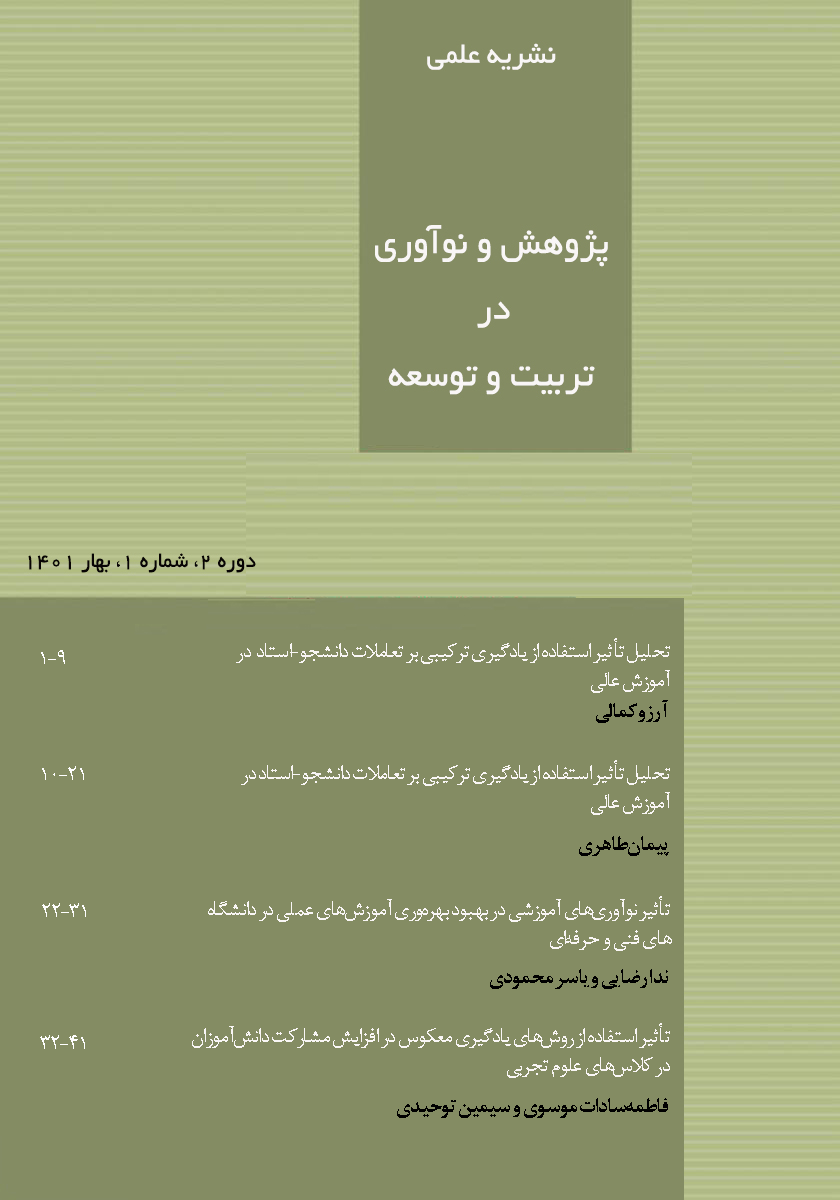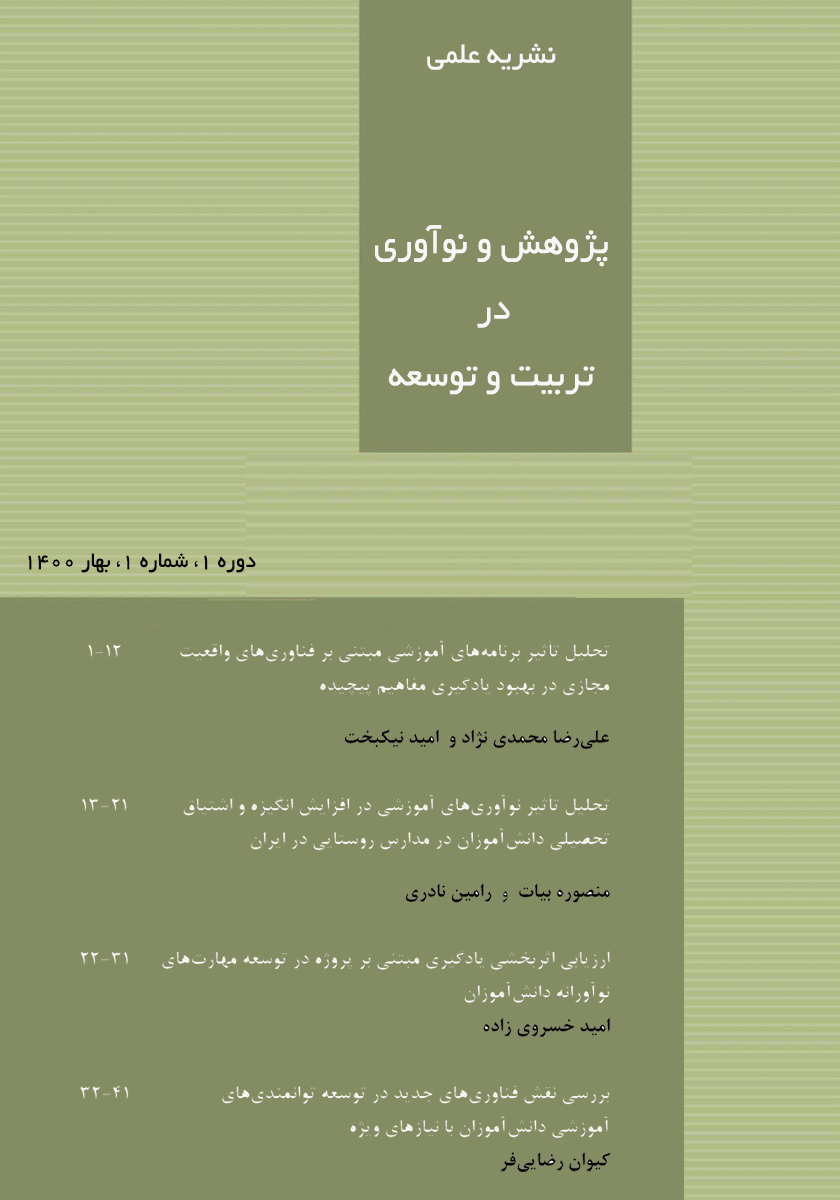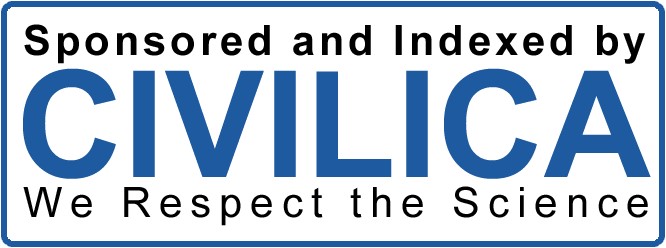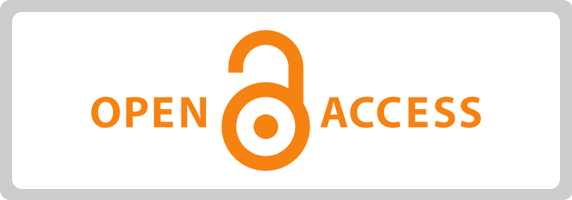The Impact of Flipped Learning Methods on Increasing Student Engagement in Experimental Science Classes
Keywords:
Flipped Learning, Student Engagement, Experimental Science, Narrative Review, EducationAbstract
This study explores the impact of flipped learning methods on student engagement in experimental science classes. The study analyzes various experimental studies that have examined the effects of flipped learning on student participation and interaction. The findings suggest that flipped learning significantly enhances student engagement by transforming traditional classroom roles, allowing students to prepare at home and participate actively during class. Factors such as age, gender, educational level, and the learning environment are identified as influential in the effectiveness of flipped learning. The review also compares flipped learning with traditional teaching methods, highlighting its advantages in fostering a more interactive and personalized learning experience. The study concludes with practical suggestions for implementing flipped learning in science classrooms and outlines potential areas for future research.
Downloads
References
احمدی، م،. و رضایی، ش. )1۳۹۸(. بررس ی تأثی ر ی ادگیری معکوس بر انگیزه و مشارکت دانش آموزان دختر و پسر. مجله
روانشناسی تربیتی، 12)۳(، .۷۸-۹1
عابدی، م،. و همکاران. )1۳۹۷(. تأثی ر یادگیر ی معکوس بر درک مفاهیم علوم تجرب ی و مشارکت دانش آموزان. مجله
پژوهش های تربیتی، ۶)1( ، .۵1-۶۴
طالبی، ع،. و همکاران. ) 1۳۹۹(. تأثیر روش های یادگیر ی معکوس بر بهبود عملکرد و مشارکت دانش آموزان. مجله آموزش و
یادگیری، 1۳)2(، .۷۵-۸۸
Bergmann, J., & Sams, A. (2012). Flip your classroom: Reach every student in every
class every day. International Society for Technology in Education .
Bishop, J. L., & Verleger, M. A. (2013). The flipped classroom: A survey of the
research. In ASEE national conference proceedings, Atlanta, GA (Vol. 30, No. 9, pp. 1-
.
Mehring, J. (2018). The flipped classroom. In J. Mehring & A. Leis (Eds.),
Innovations in flipped classrooms (pp. 1-11). Springer .
Piaget, J. (1977). The development of thought: Equilibration of cognitive structures.
Viking .
Strayer, J. F. (2012). How learning in an inverted classroom influences cooperation,
innovation and task orientation. Learning Environments Research, 15(2), 171-193 .
Talbert, R. (2017). Flipped learning: A guide for higher education faculty. Stylus
Publishing, LLC.
Downloads
Published
Submitted
Revised
Accepted
Issue
Section
License

This work is licensed under a Creative Commons Attribution-NonCommercial 4.0 International License.











